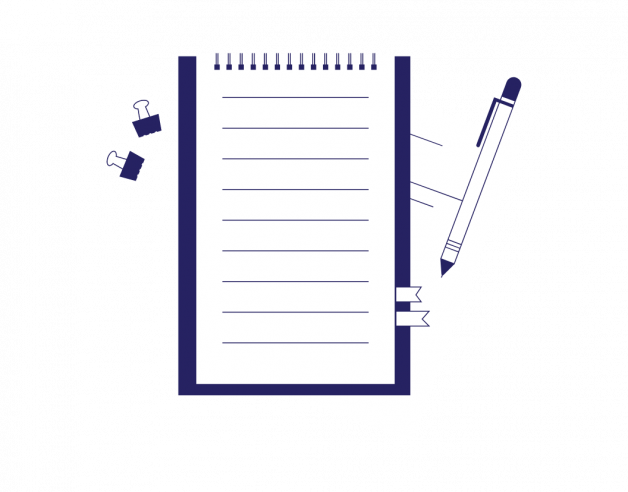
-
3-minute read
-
25th September 2016
Transitional Words (How to Make Your Writing Flow)
One challenging aspect of academic writing is making sure your essay flows coherently from one section, paragraph or sentence to the next. Without doing this, your writing may seem choppy and it can become difficult for your reader to follow your point.

To ensure your writing flows, you need to understand how to use transitions and transitional words. These are simply phrases and sentences used to link different parts of your essay, usually by specifying how one sentence or paragraph relates to the next.
To show you how these should be used, we’ll briefly discuss a few examples.
Transitional Paragraphs
A transitional paragraph is usually a short passage explaining the connection between two parts of an essay, often by summarising the previous section to prepare for the following one.
For instance, if we were discussing the various causes of a marketing trend, we might use a transitional paragraph to move from one point of focus to the next, like this:
In the previous section we considered environmental factors behind the observed changes, whereas now we will examine psychological motivations. These are connected insofar as…
Generally, transitional paragraphs are most useful in longer essays or dissertations, especially those comprising several independent chapters, as your reader may need reminders of what you have discussed previously so they can see how each section contributes to your overall argument.
Transitions within Paragraphs
Equally important are transitions within paragraphs, since a long passage of text made of short, unconnected sentences can be very confusing. This is where transitional words and phrases come in handy, since they can help you specify the relationship between sentences.
Take, for example, the following sentences, where there are no obvious transitions:
Bill and Ben (1952) achieved their results using non-standard language. Other studies have used conventional forms of speech. It is not clear whether the language used effects findings.
This isn’t too difficult to follow, but over an entire essay it can become harder to understand since the reader may have to guess how sentences relate to one another. It’s therefore helpful to include a few words or phrases to bridge the statements:
Bill and Ben (1952) achieved their results using non-standard language, but other studies have used conventional forms of speech. Consequently, it is not clear whether the language used effects findings.
Here, connecting the first two sentences with ‘but’ shows that a contrast is being introduced, while the phrase ‘consequently’ signals that the third sentence is a conclusion based on the preceding statements.
We’ll end with a short list of some handy transitional words and phrases, but make sure you know what they all mean before using them!
Find this useful?
Subscribe to our newsletter and get writing tips from our editors straight to your inbox.
Subscribe to Beyond the Margins and get your monthly fix of editorial strategy, workflow tips, and real-world examples from content leaders.
|
To Signal… |
Transitional Words/Phrases |
|
Similarity |
Likewise, similarly, in the same way… |
|
Contrast/comparison |
However, nevertheless, in contrast, by comparison… |
|
Addition |
Furthermore, moreover, additionally, equally important… |
|
Cause/effect |
Accordingly, as a result, consequently, therefore, thus… |
|
Conclusion/summary |
In brief, to summarise, in conclusion, finally, to sum up… |




